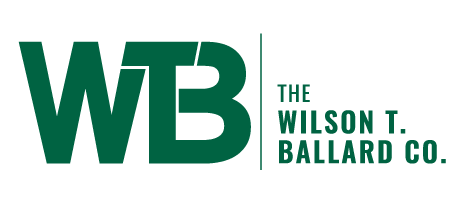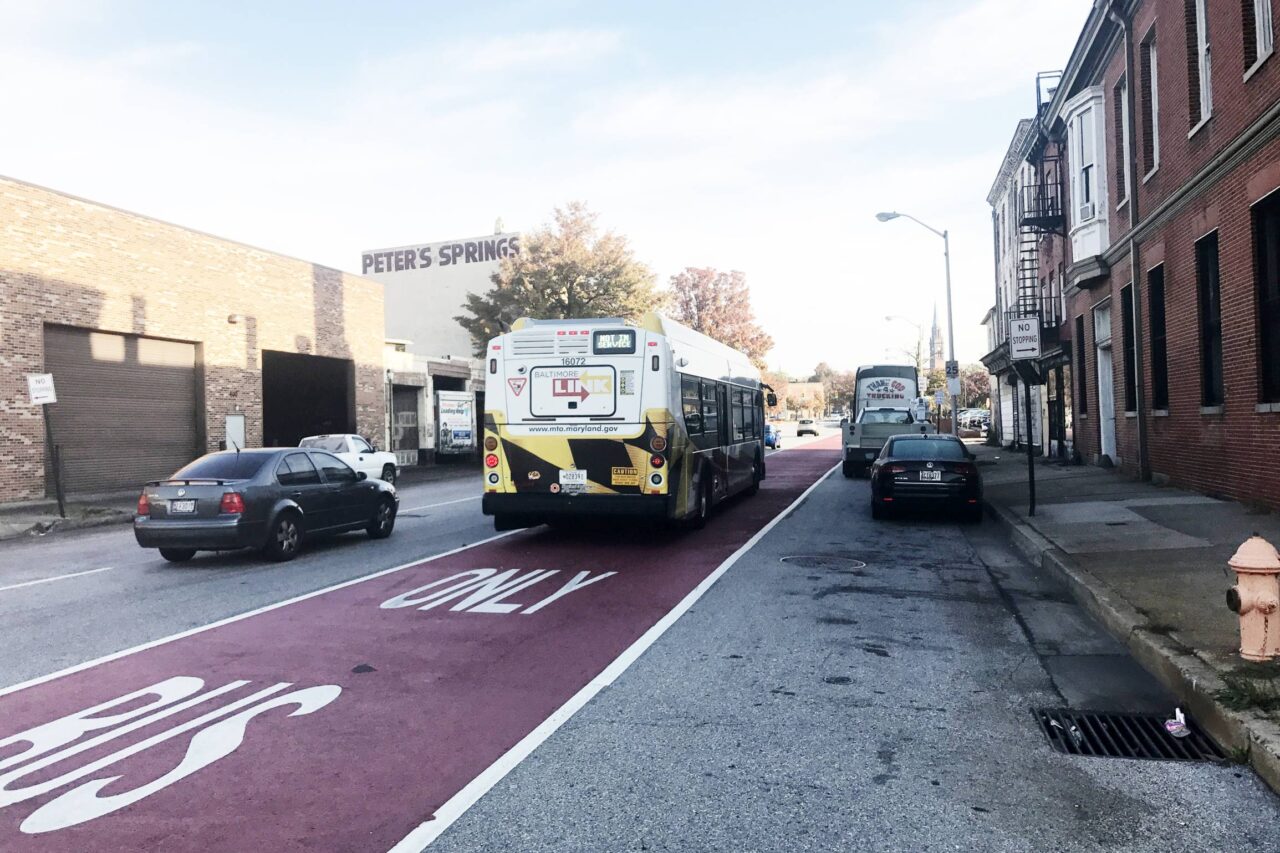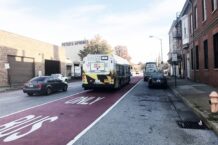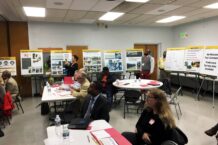NORTH AVENUE CORRIDOR IMPROVEMENTS, HILTON STREET TO MILTON AVENUE BALTIMORE, MARYLAND
MARYLAND DEPARTMENT OF TRANSPORTATION – MARYLAND TRANSIT ADMINISTRATION (MDOT MTA)
The North Avenue Rising project supports economic revitalization along North Avenue through increasing mobility, improving transit reliability, and by broadening access for corridor residents to economic opportunity throughout Baltimore. The project constructed various improvements along North Avenue including: ADA compliant sidewalk, dedicated bus lanes supported by transit signal priority, enhanced bus stops, roadway repaving, and bikeshare parking.
The North Avenue Rising project was funded through a collaboration between Federal, State, and local funding. The State of Maryland and Baltimore City won funding for the project from the US Department of Transportation through the Transportation Investment Generating Economic Recovery (TIGER) grant program. The total project budget for North Avenue Rising was $27.3 million which included $10 million from the TIGER grant, $14.7 million in funds committed by MDOT, $1.6 million from US DOT’s Federal Highway Administration, and $1 million from Baltimore City. In response to the successful TIGER grant award to MDOT MTA, The Wilson T. Ballard Company (WTB) was selected to design a complete and comprehensive multi-modal improvement of North Avenue from Hilton Street to Milton Street, a total length of 4.9 miles.
The planning phase of this project involved concept development and selection, detailed cost estimates and two rounds of public involvement within a five-month time frame. We established a detailed milestone schedule within the challenging framework dictated by the terms of the TIGER grant, weaving together subconsultants’ roles, public involvement landmarks, permit submissions, agency reviews, etc. to meet a combined planning/contract document schedule of less than one year. Due to TIGER grant funding constraints, the scope of the project improvements and cost estimates required extensive coordination between the MDOT MTA and the Baltimore City Department of Transportation to arrive at a preferred concept. Working with MDOT MTA Planning, the WTB Team worked iteratively through multiple resurfacing, streetscape, curb extension and other improvement scenarios to try and meet the project needs, cost constraints and citizen requests. The planning phase of the project culminated in 2017 with concept selection.
WTB headed the field surveys and utility investigation, coordinating with several subconsultants. We developed full topographic mapping using conventional topographic and aerial surveys; and we completed utility inventories to Level A, using GIS, designating and test pits.
Design elements included dedicated bus lanes; enhanced streetscape elements such as new lighting, traffic signals, curb extensions and street trees; enhanced bus shelters; roadway resurfacing and repaving; transit signal priority; new neighborhood bicycle routes, bike share stations and access improvements to the Penn-North Metro Station. We worked closely with the Maryland Department of the Environment (MDE) to compress stormwater management (SWM) and erosion and sediment control (ESC) review milestones, obtaining all permitting within 10 months. We also played a major role in helping MDOT MTA research and implement the first ever application of red asphalt using red dye and red aggregate in the State of Maryland.
We managed the design team preparing the plans, specifications and estimate; utilizing our subconsultant team for 40% of the project length. By utilizing multiple subconsultants we were able to expedite production of a 400+ sheet set of final plans and ensure we exceeded the contract requirements for minority business enterprise (MBE) involvement. The advertisement and bid process went better than anticipated, allowing construction to begin several months ahead of schedule.



